Carl Gustav Jung (1875-1961) was a Swiss psychiatrist and psychoanalyst who founded analytical psychology. His work has profoundly influenced not only psychology but also philosophy, anthropology, literature, and religious studies. Jung’s theories are rich and complex, often delving into the depths of the human psyche and exploring the nature of the unconscious.
Early Life and Career
Jung was born in Kesswil, Switzerland, and grew up in a family with a strong interest in religion and philosophy. His father was a pastor, and Jung initially pursued a career in medicine before turning to psychiatry. Jung’s early work with schizophrenic patients at the Burghölzli Psychiatric Hospital in Zurich helped shape his understanding of the unconscious mind.
Jung’s collaboration with Sigmund Freud was a significant milestone in his career. Initially, Jung and Freud shared a mutual interest in the unconscious and psychoanalysis, leading to a strong professional relationship. However, their differing views on the nature of the unconscious eventually caused a rift between them. Jung’s departure from Freudian psychoanalysis marked the beginning of his development of analytical psychology.
Jung’s Key Theories
Jung’s theories are vast, but some of his key contributions to psychology include the concepts of the collective unconscious, archetypes, individuation, and psychological types.
1. The Collective Unconscious
One of Jung’s most influential ideas is the collective unconscious. Unlike the personal unconscious, which holds an individual’s suppressed memories and experiences, the collective unconscious contains universal experiences and archetypes shared by all humans. Jung believed that this deeper layer of the unconscious is a reservoir of the experiences of our species.
2. Archetypes
Archetypes are innate, universal prototypes for ideas and may be used to interpret observations. Jung identified several key archetypes but acknowledged that there are countless others. The primary archetypes include:
- The Self: The central archetype that represents the unification of the unconscious and conscious parts of the psyche. Achieving a balance between these elements is the ultimate goal of individuation.
- The Shadow: Represents the darker, hidden aspects of the psyche that one might not be aware of or wish to confront.
- The Anima/Animus: The anima is the feminine aspect present in the male psyche, and the animus is the masculine aspect present in the female psyche. These archetypes facilitate the process of individuals integrating their opposite gender qualities.
- The Persona: The mask or façade one presents to the world, shaped by social expectations and norms.
3. Individuation
Individuation is a central concept in Jung’s psychology, referring to the process of integrating the various parts of the personality into a cohesive whole. This journey involves becoming aware of the unconscious elements of the psyche and integrating them into conscious awareness. It’s a path to achieving self-actualization and wholeness.
4. Psychological Types
Jung proposed the existence of different psychological types, which later evolved into the widely known Myers-Briggs Type Indicator (MBTI). He categorized people based on attitudes (introversion and extraversion) and functions (thinking, feeling, sensation, and intuition). This typology helps in understanding individual differences in perception and behavior.
Jung’s Concept of Death
Jung’s views on death were deeply intertwined with his belief in the continuity of the psyche. He saw death not as an end but as a transition. Jung considered the human psyche to be on a journey that continues beyond physical death. He often drew on metaphysical concepts and was fascinated by phenomena that suggested life after death, such as near-death experiences and synchronicities. Jung believed that confronting the idea of death is crucial for achieving psychological wholeness and integrating the shadow self.
Contributions to Various Fields
Jung’s influence extends beyond psychology. In anthropology, his ideas on archetypes and the collective unconscious have provided insights into the shared myths and symbols of different cultures. In literature, authors like Hermann Hesse and James Joyce have drawn upon Jungian concepts to develop their characters and themes. Jung’s exploration of spirituality and religion has offered a psychological perspective on the mystical experiences and symbols found in various faiths.
Later Life and Legacy
In his later years, Jung continued to write extensively and conduct seminars. He traveled widely, exploring different cultures and their psychological underpinnings. Jung’s work has left a lasting legacy in the field of psychology and beyond. His ideas about the unconscious, archetypes, and the process of individuation continue to be studied and applied in various disciplines. Institutions like the C.G. Jung Institute in Zurich preserve his legacy, promoting research and education in analytical psychology.
Conclusion
Carl Jung’s theories offer profound insights into the human mind and the collective experience of humanity. His ideas about the collective unconscious, archetypes, individuation, and the nature of death provide a framework for understanding the deep psychological forces that shape our behavior, thoughts, and culture. Jung’s work continues to be relevant and influential, providing a rich source of wisdom for those seeking to understand the complexities of the human psyche.

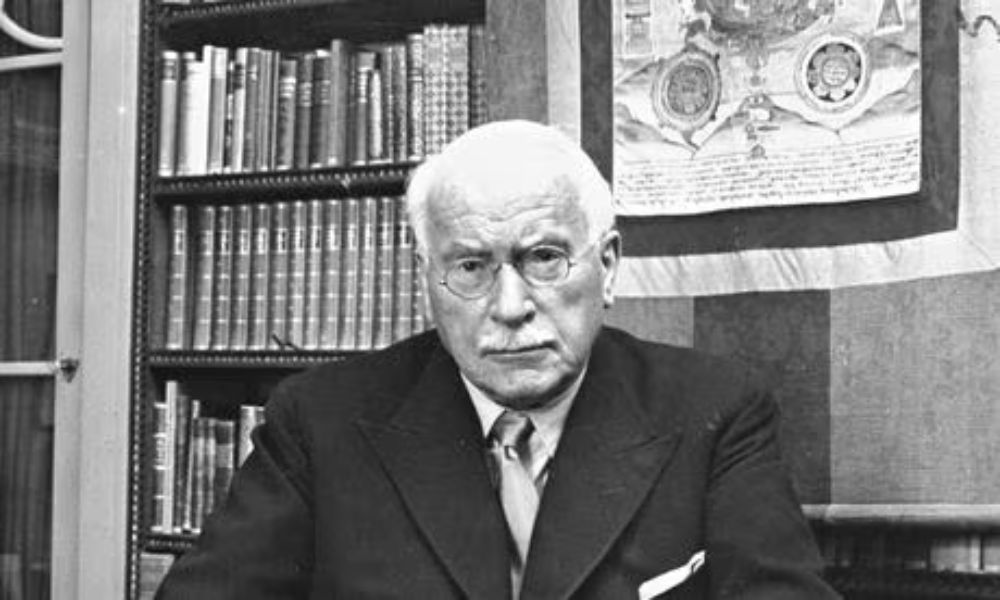
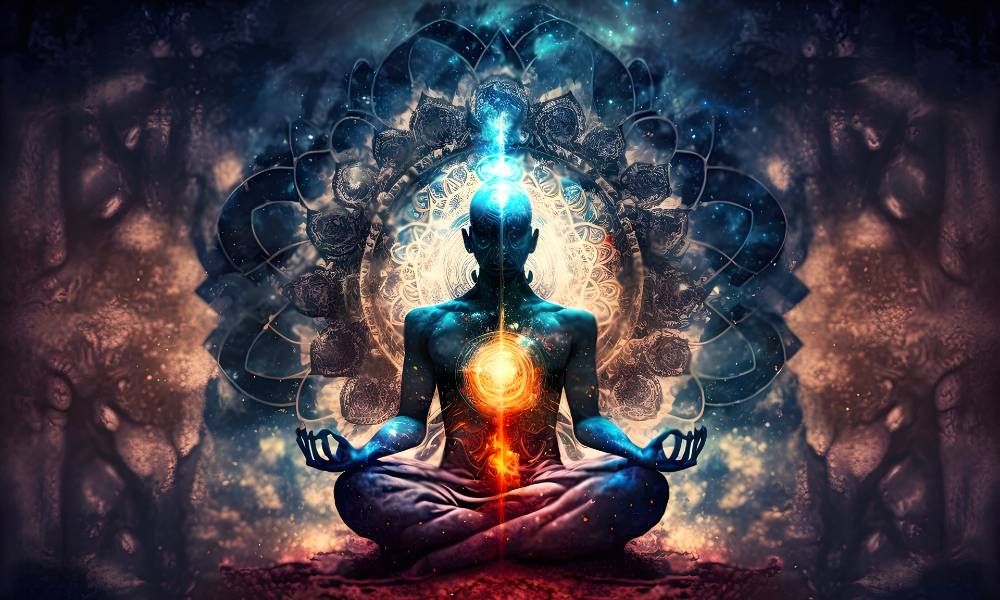


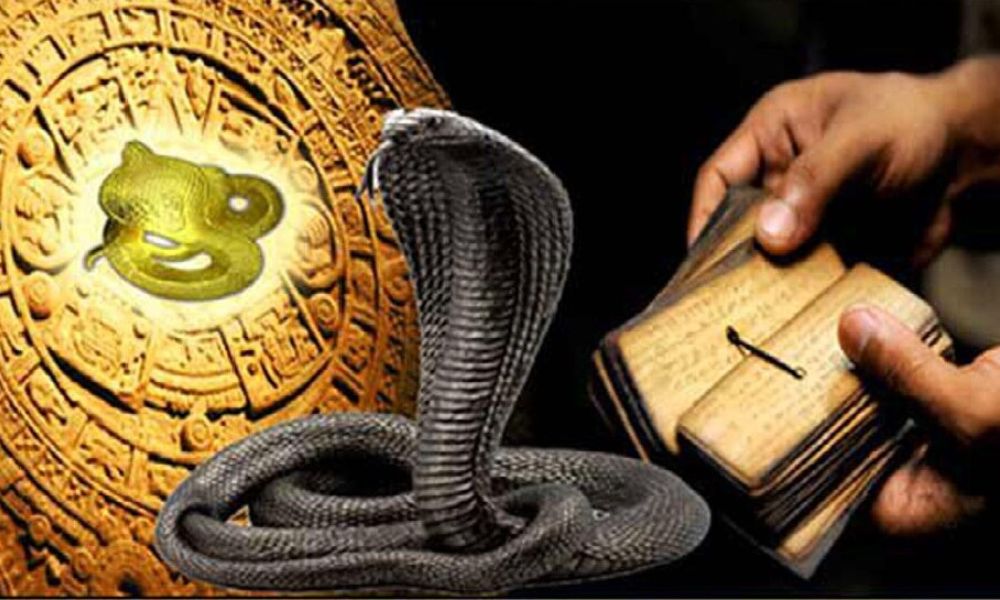
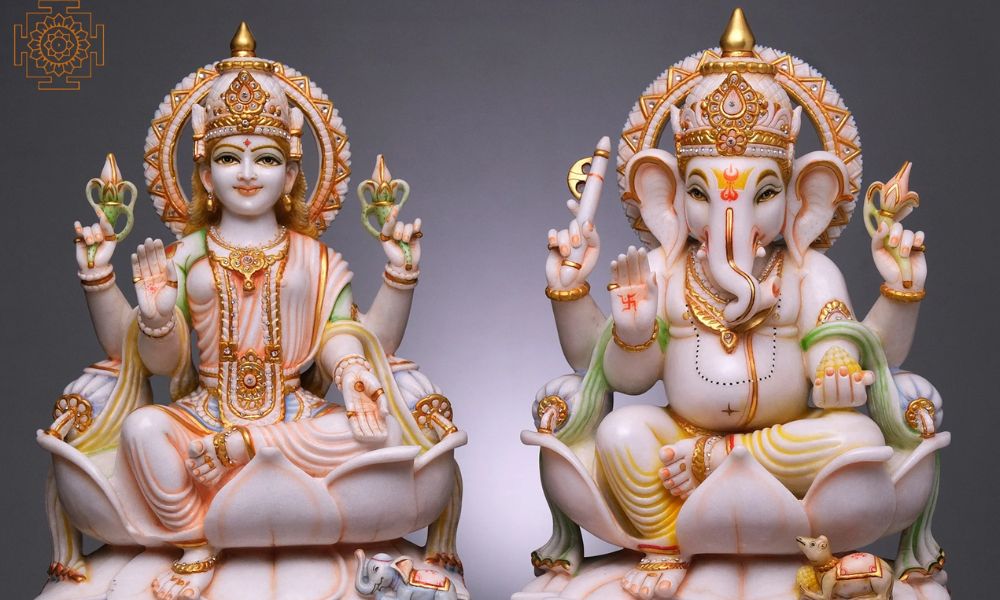
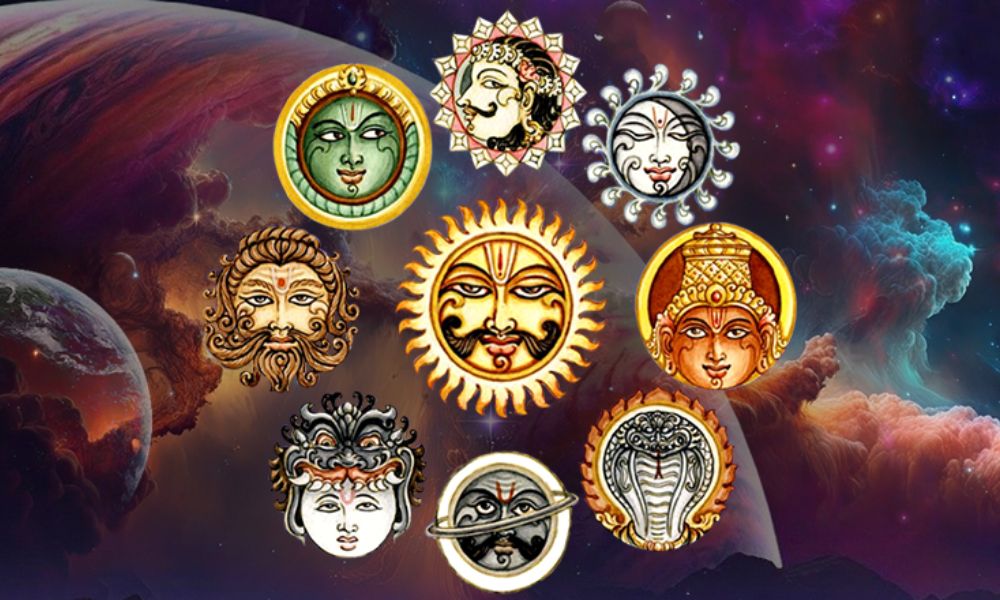
Leave a comment